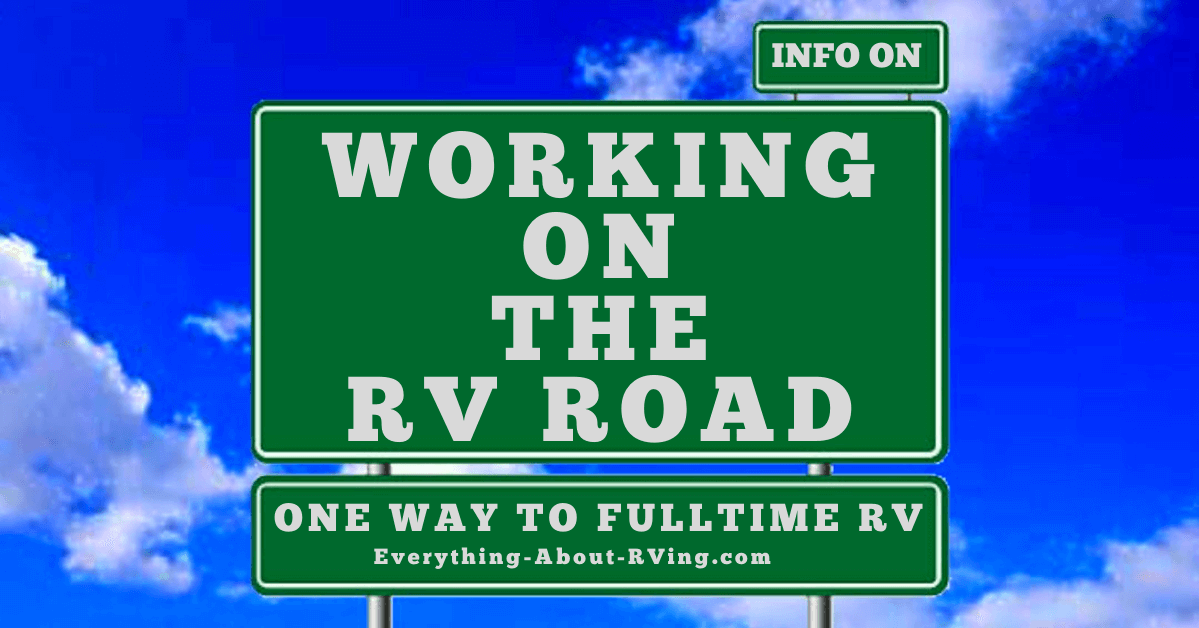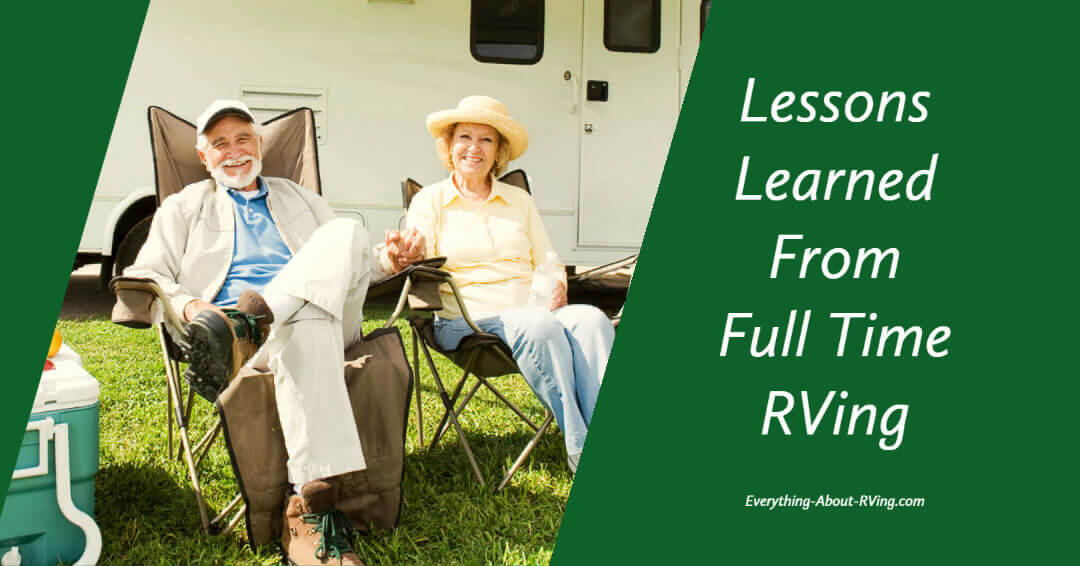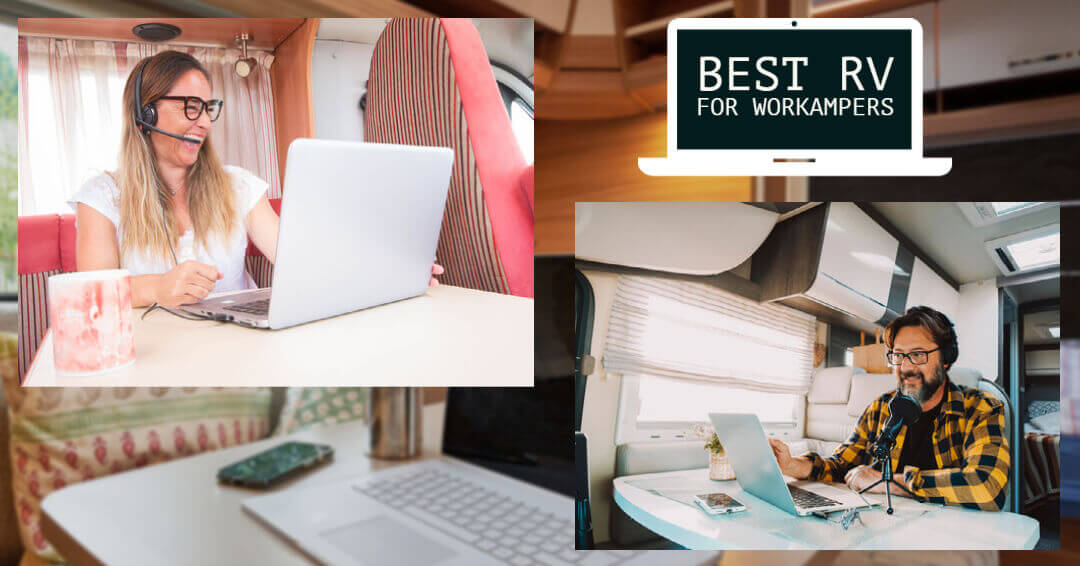- Home Page
- RVing Tips & Tricks
- 6 Practical Tips to Make a Living on the Road While Rving
6 Practical Tips to Make a Living on the Road While RVing
These 6 practical tips to make a living on the road while RVing will allow you to enjoy RVing while making a living
A growing number of people are embracing life on the road in RVs. If you are ready to embrace the RVing lifestyle, these 6 practical tips to make a living on the road while RVing can help you make your dream a reality.
1. Decide Where You Will Call Home
If you are taking to the road permanently or as a means to finding a new home base, you may cut all ties to your old home. While that is an exciting prospect, it also raises the question of what address you'll use for official purposes, like your driver's license and vehicle registration. The answer lies in creating a state of domicile.
Your domicile may be where you choose to stay, but it is not the same as your residency. It is basically the place you are declaring as your home. Texas, South Dakota, and Florida are popular choices for full-time RVers because of favorable income tax and vehicle registration laws. However, you may choose another state if it fits your needs better. Remember that you may need to visit annually to establish your domicile in a state.
2. Make Arrangements for Your Mail
In addition to where you will call home, you will also need to find a way to get important mail items sent to you. There are several approaches to this, and you'll need to determine which one works best for you.
The first method many people use is to ask a friend or family member to receive mail. It would be best to choose someone you trust since they may be opening your mail to tell you what is inside. Once a few items accumulate, you can have them forwarded to somewhere you will be.
Using a friend's address works for many people, but not all. You can set up a virtual mailbox if you want something more official. Several companies offer this service for RVers and others who need it. A nice feature of a virtual mailbox is that, in some cases, it can also serve as your domicile address. Additionally, you can set it up so that mail is automatically sent in the correct priority mailbox size on a preset schedule.
Narrow Down Your Supplies
With the legalities out of the way, you can focus more on the actual trip. One thing almost all RVers can agree on is that you will need to downsize --- A lot. If you start this process early, it will be easier to adjust. However, if you don't have the luxury of time to whittle down your possessions, you can still get it done.
Make a list of items that you use every day. These, or their equivalent, will go in the rig. Frequently worn clothes, toiletries and your favorite cooking accessories are a few examples. Be realistic about what can fit in the onboard storage you have. If you are still RV shopping, pay careful attention to storage capacity before deciding. In addition to space, you will also want to consider the weight of the items you bring along.
4. Take Your Time Exploring New Places
Finally, take time to enjoy where you travel. Spending a couple of weeks in each place lets you explore the areas. Plus, monthly rates are the most economical way to go if you are paying for sites. When planning, try to find a location central to a couple of attractions you want to see. Then, make arrangements to stay there long enough to enjoy it like a local.
5. Plan Your Travel Seasonally
Planning travel seasonally has a few components. For starters, it means choosing where you will be for each season. You don't necessarily have to narrow down the exact campsite you'll be in, but a general area is good to have. This lets you anticipate temperature averages so you can have the correct supplies on hand.
The other aspect of this is sitting down and planning out your route. A good strategy is to choose the places on your must-see list and then research the best times of year to visit them. This can help guide where you plan to be throughout the year.
6. Look into Workamper Positions
You'll have plenty of free or low-cost camping options while embracing the RVing lifestyle. However, most of these are on public lands with limited or no amenities. If boondocking for the foreseeable future is less than appealing. You can keep your dream of taking to the road.
Instead, look into workamper positions in full-service campgrounds. These generally provide a full hookup site in exchange for you working in the campground. Workamping spots are not just in private campgrounds, either. Many state and national parks have open opportunities for hosts, office assistants, and maintenance workers. If you want to be in a more remote position, this is an excellent middle ground between boondocking and a full-service resort.
Taking to the road in an RV is both liberating and terrifying. However, many people jump into the RVing lifestyle without understanding what it involves. You can avoid that by setting up a domicile and mail service, narrowing down your supplies, and planning a rough outline of where you will be throughout the year.
Now that you understand these 6 practical tips to make a living on the road while RVing, you can hit the road and live your RVing lifestyle dreams.




